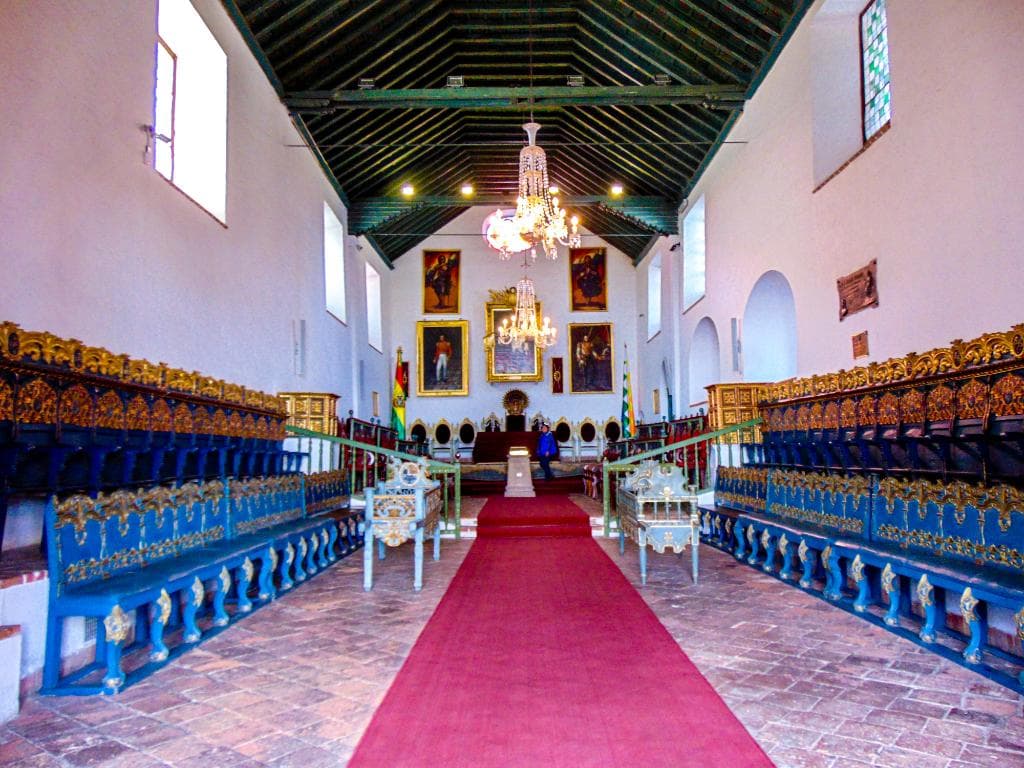
Casa de la Libertad
Witness where Bolivia declared independence in 1825. Explore history through art and artifacts.
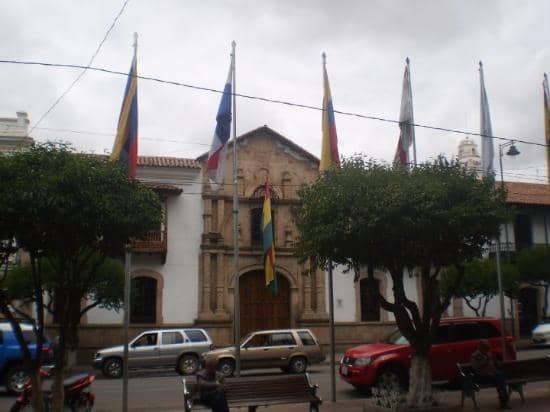
Highlights
Must-see attractions

Social
From TikTok & Reddit
Best Time
Catch the informative English tour.

Casa de la Libertad
Best Time
Catch the informative English tour.

Highlights
Must-see attractions
Witness where Bolivia declared independence in 1825. Explore history through art and artifacts.
"A must-visit for understanding Bolivia's journey to freedom, especially with a guided tour."
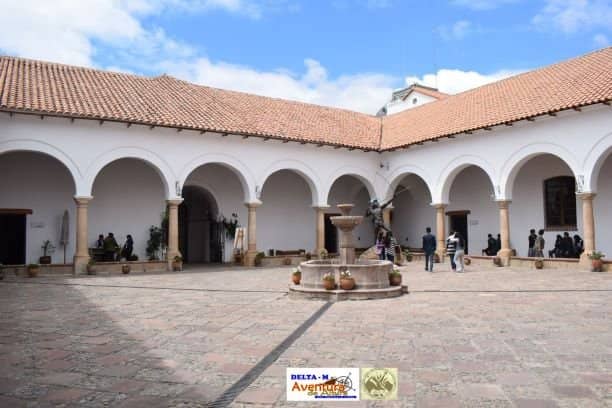
🎯 Guided Tours are Key
Don't miss the guided tours! They bring the history to life, especially the English ones around 3:30 PM.
🎟️ Check Tour Times
English tours can be infrequent. Arrive early or check schedules to avoid long waits.
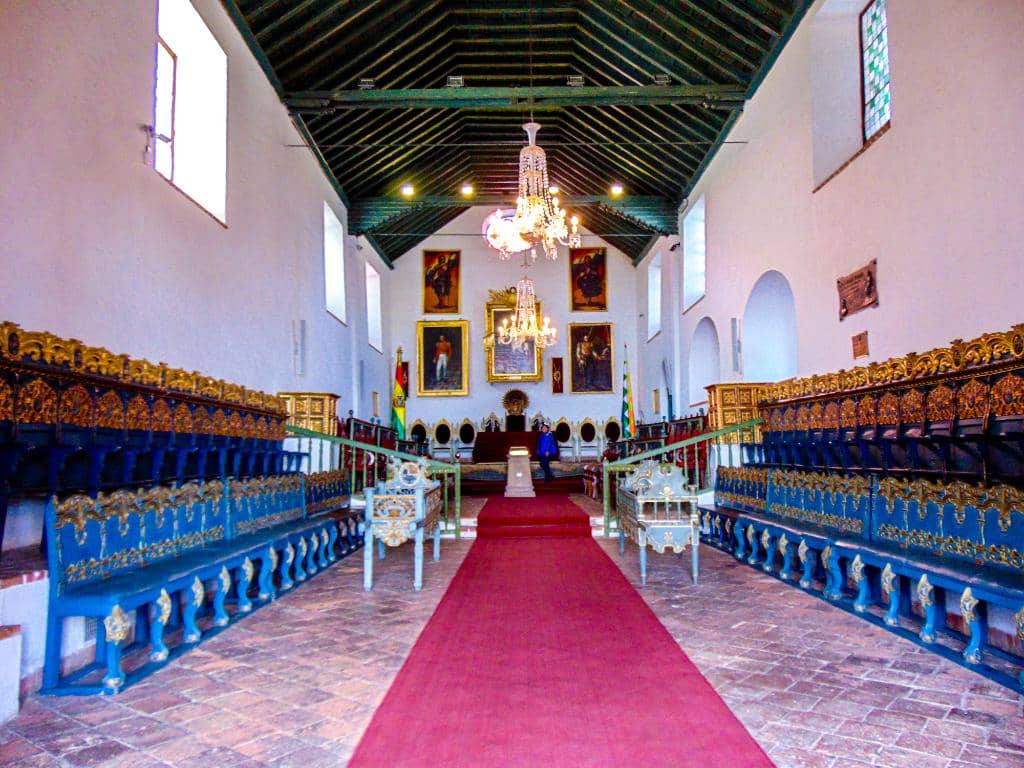
Highlights
Discover the most iconic attractions and experiences
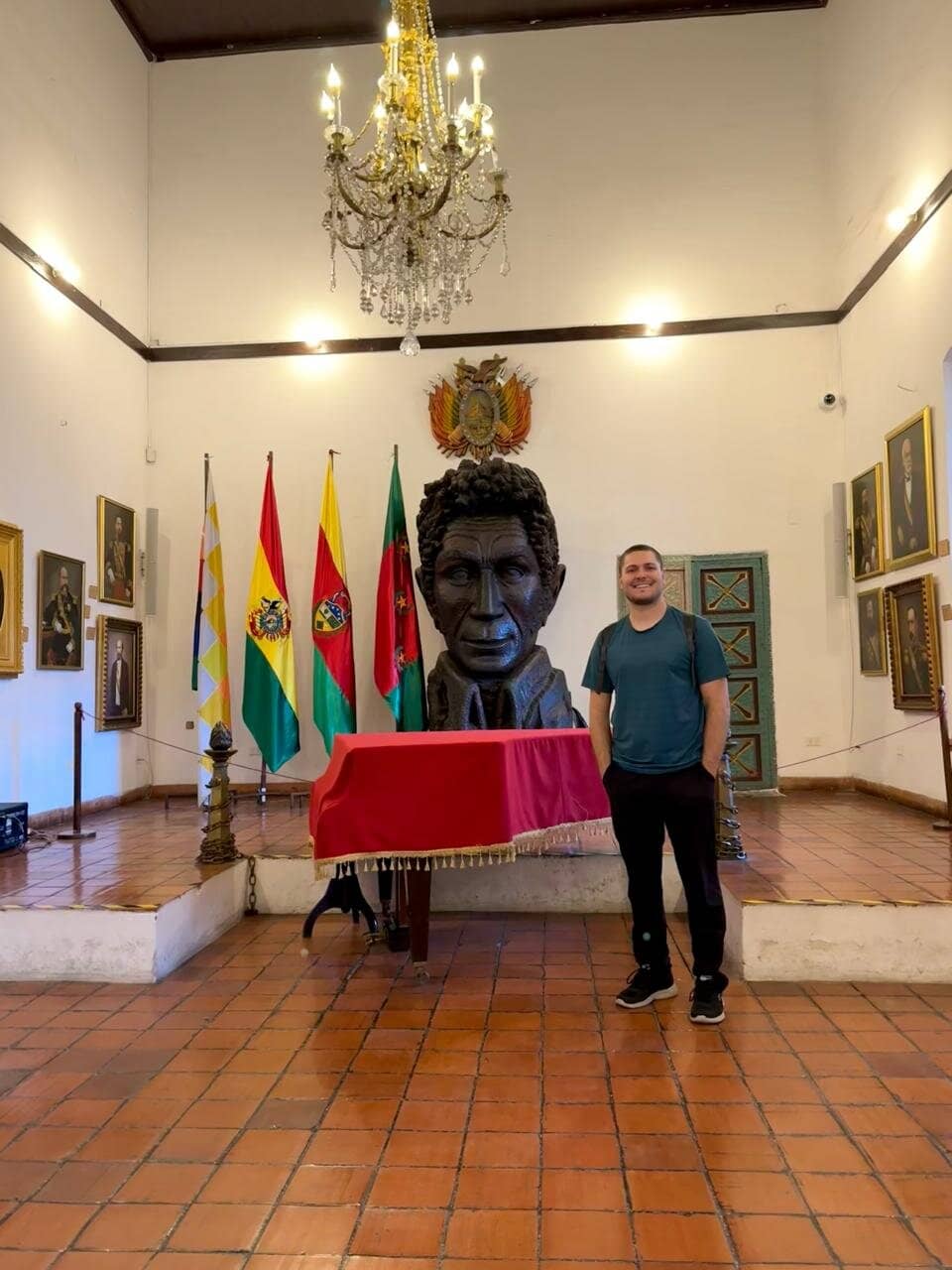
Declaration of Independence Hall
Main Hall
Stand where Bolivia's independence was proclaimed in 1825. A pivotal moment in history.
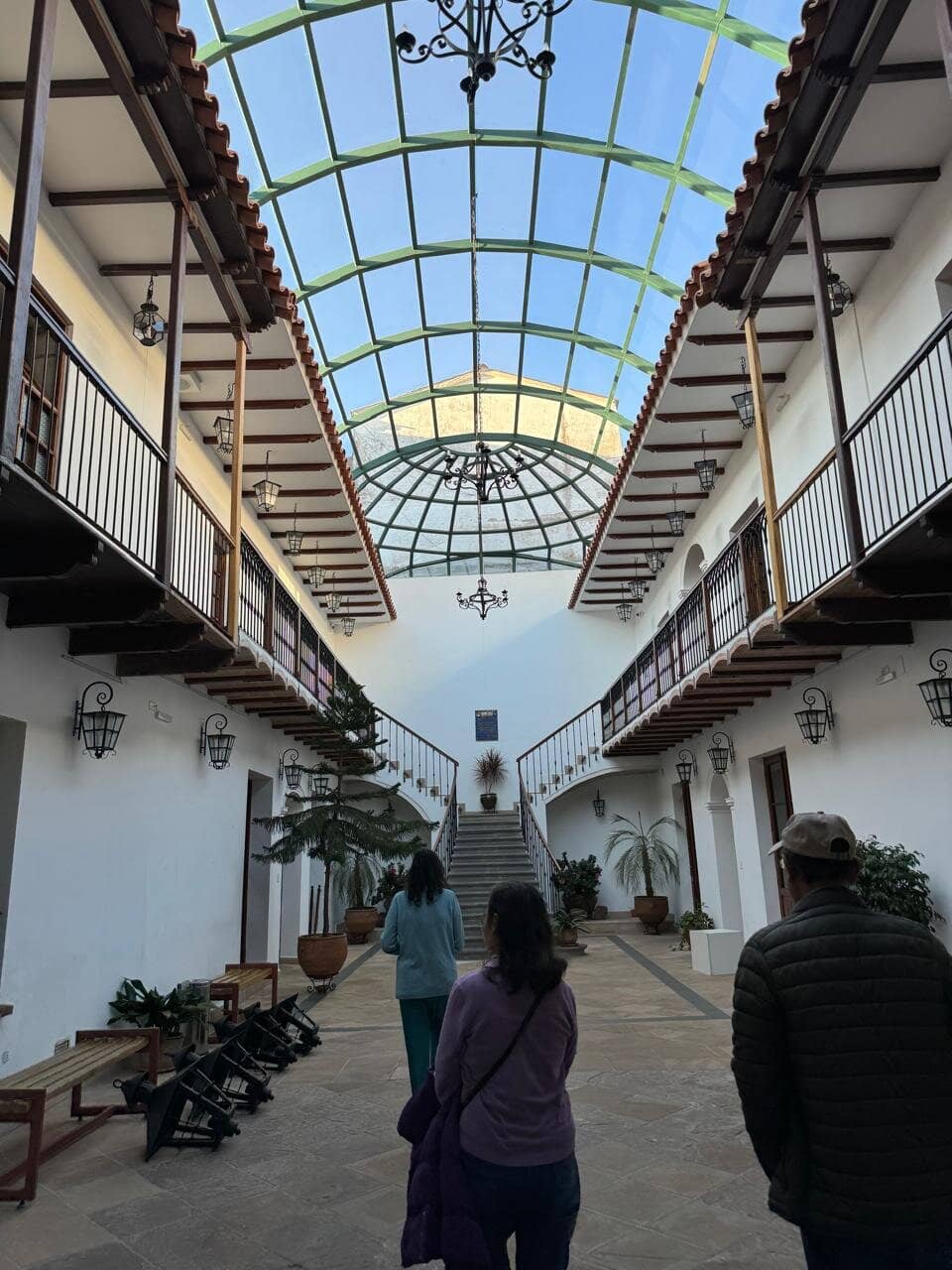
Historical Murals
Various Walls
Vibrant murals depicting Bolivia's rich history and struggle for freedom. A feast for the eyes.
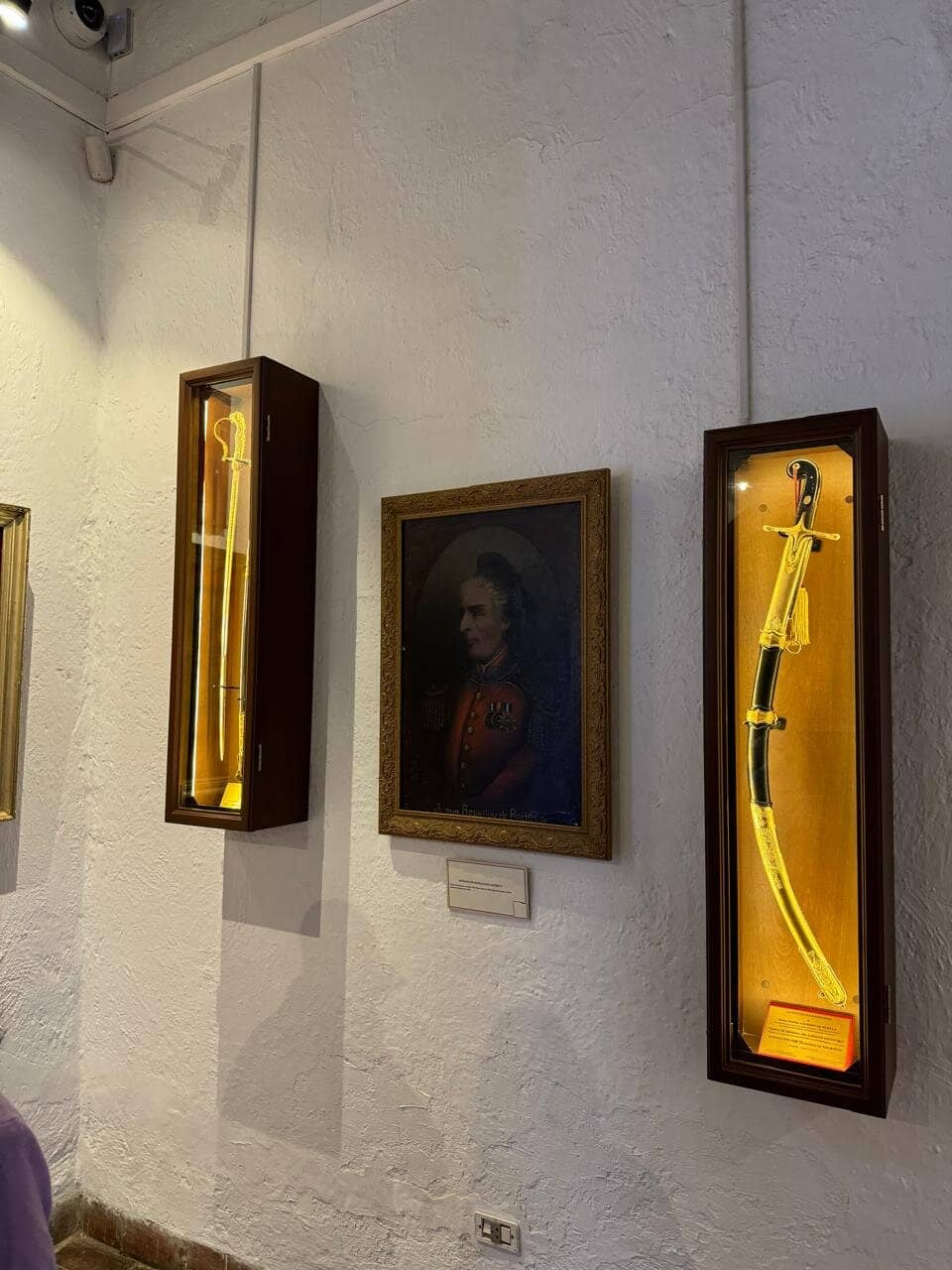
Artifacts of Independence
Exhibition Rooms
See paintings, documents, and relics that tell the story of Bolivia's fight for liberty.
Plans like a pro.
Thinks like you
Planning Your Visit
Book Your Tour in Advance
Understand the Historical Context
Best Times
Insider Tips
from TikTok, Instagram & Reddit
🎯 Guided Tours are Key
Don't miss the guided tours! They bring the history to life, especially the English ones around 3:30 PM.
🎟️ Check Tour Times
English tours can be infrequent. Arrive early or check schedules to avoid long waits.
🖼️ Appreciate the Art
The murals are a significant highlight. Take time to admire the artistry and historical narratives.
💰 Foreigner Entrance Fee
Expect to pay Bs30 for foreigners, Bs20 for Bolivians. Worth the investment for history buffs.
Tips
from all over the internet
🎯 Guided Tours are Key
Don't miss the guided tours! They bring the history to life, especially the English ones around 3:30 PM.
🎟️ Check Tour Times
English tours can be infrequent. Arrive early or check schedules to avoid long waits.
🖼️ Appreciate the Art
The murals are a significant highlight. Take time to admire the artistry and historical narratives.
💰 Foreigner Entrance Fee
Expect to pay Bs30 for foreigners, Bs20 for Bolivians. Worth the investment for history buffs.
What Travellers Say
Reviews Summary
Visitors consistently praise Casa de la Libertad for its profound historical significance, particularly as the birthplace of Bolivian independence. The well-maintained space, vibrant murals, and informative guided tours are frequently highlighted as major draws. However, some visitors note that English tour availability can be limited, and exhibition texts are primarily in Spanish, which can be a challenge for non-Spanish speakers.
"Historic house full to the brim with Bolivian history both past and present. I’d recommend doing this with a tour, they run them in English and Spanish and perhaps some other languages too. The English one was around 3:30pm. The guide was very informative and I don’t think I would have got much out of just visiting the museum without that added information."
Tomas Z
"It's definitely worth visiting and seeing art - the murals. The space is very well-kept, clean, and full of history."
Eldar
"The House itself is very impressiv, however, when we got there at 11am there was an french or a spanish tour around the museum. The only other speaking tour was 4hours later in english. So we explored the museum on our own. which was hard with only spanish exhibition texts."
Nadine Graber
What People Like
What People Dislike
Frequently Asked Questions
🚇 🗺️ Getting There
Casa de la Libertad is centrally located in Sucre, Bolivia. It's easily accessible by foot from most hotels in the city center. Taxis are also readily available and affordable if you're coming from further afield.
While the main historical areas are generally accessible, some older buildings may have limitations. It's advisable to contact the museum directly for specific accessibility information.
🎫 🎫 Tickets & Entry
Opening hours can vary, but typically the museum is open during daytime hours. It's best to check the official website or inquire locally for the most up-to-date information.
Entrance fees are typically Bs30 for foreigners and Bs20 for Bolivian nationals. Prices are subject to change, so confirm upon arrival.
While not always mandatory, booking tickets or at least arriving early for guided tours is recommended, especially for English-speaking tours which can have limited availability.
Yes, guided tours are available in Spanish and English. The English tours are highly recommended for a deeper understanding of the historical significance.
A guided tour usually lasts about an hour, but you can spend more time exploring the exhibits on your own afterwards.
🎫 🧭 Onsite Experience
The main attractions include the Hall of Independence, where the declaration was signed, historical murals, and various artifacts and paintings detailing Bolivia's journey to freedom.
Photography policies can vary. Generally, photography for personal use might be allowed in some areas, but flash photography is often prohibited. It's best to check signage or ask staff.
Information about a gift shop is not widely available, but it's common for historical sites to have one selling souvenirs and books related to Bolivian history.
It is the site where Bolivia signed its Declaration of Independence on August 6, 1825, officially becoming a sovereign nation.
Yes, the museum often hosts temporary exhibitions that complement its permanent collection, offering diverse perspectives on Bolivian history and culture.
🍽️ 🍽️ Food & Dining
There are typically no dining facilities within Casa de la Libertad itself. However, the museum is located in the heart of Sucre, surrounded by numerous cafes and restaurants offering local and international cuisine.
You can find a variety of Bolivian specialties like salteñas, pique macho, and silpancho, as well as international options. Many eateries offer affordable lunch menus (almuerzos).
📸 📸 Photography
The Hall of Independence, the vibrant historical murals, and the courtyards offer excellent photo opportunities. Capture the essence of Bolivian history and art.
Photography rules can vary. While some areas may permit non-flash photography for personal use, it's crucial to check for specific restrictions or ask museum staff to avoid issues.
For Different Travelers
Tailored advice for your travel style
👨👩👧 Families with Kids
To make the visit more enjoyable for families, plan your visit around the English tours if language is a barrier. Ensure children are comfortable with walking and standing for extended periods. Nearby plazas offer space for children to play before or after the visit.
🏛️ History Buffs
Engaging with a knowledgeable guide is highly recommended to unlock the full historical context. Exploring the temporary exhibitions can also provide fresh perspectives on Bolivian history. Allocate ample time to absorb the details and significance of each exhibit.
Deep Dives
In-depth insights and expert knowledge
The Birthplace of a Nation
Beyond the Declaration Hall, the museum houses a rich collection of artifacts, paintings, and documents that chronicle Bolivia's struggle for freedom and its early years as a republic. These exhibits provide a comprehensive narrative, from pre-colonial times to the establishment of the new nation. The historical murals are particularly striking, visually narrating key events and figures.
Many visitors emphasize the importance of a guided tour to fully appreciate the context and stories behind the exhibits. Guides often share fascinating anecdotes and historical details that might be missed if exploring independently, especially with Spanish-only text on some displays.
Artistic Expressions of History
These murals offer a powerful and accessible way to engage with history, especially for those who may not be deeply familiar with Bolivian historical events. The detail and artistry involved are often praised by visitors, making them a key element of the museum experience. They provide a dynamic backdrop to the historical artifacts and documents on display.
When visiting, take ample time to study these murals. They are as much a part of the historical narrative as the documents and objects housed within the museum. Their presence transforms the space into an open-air gallery of national identity and historical memory.
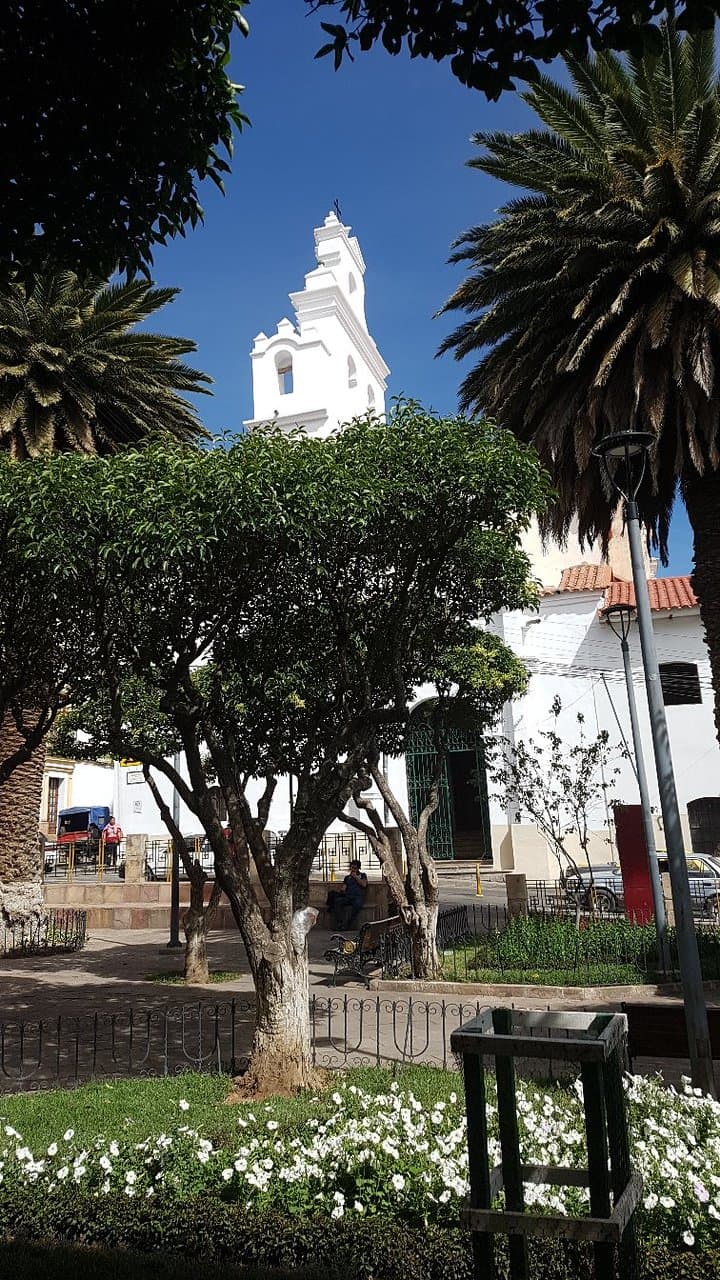
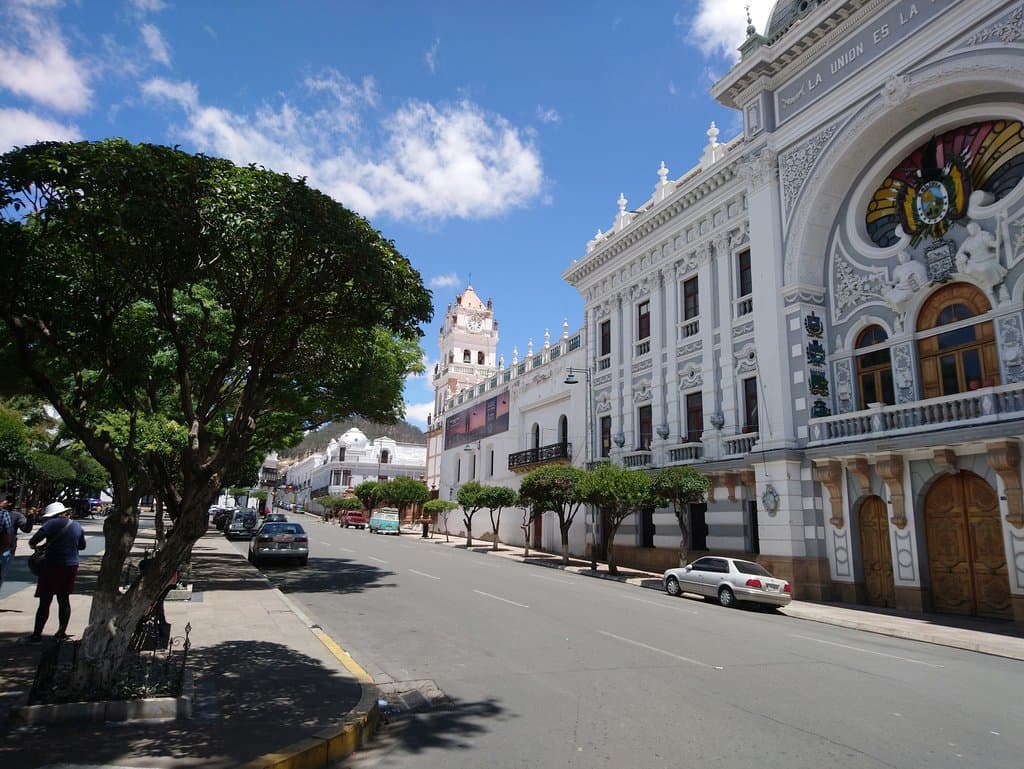
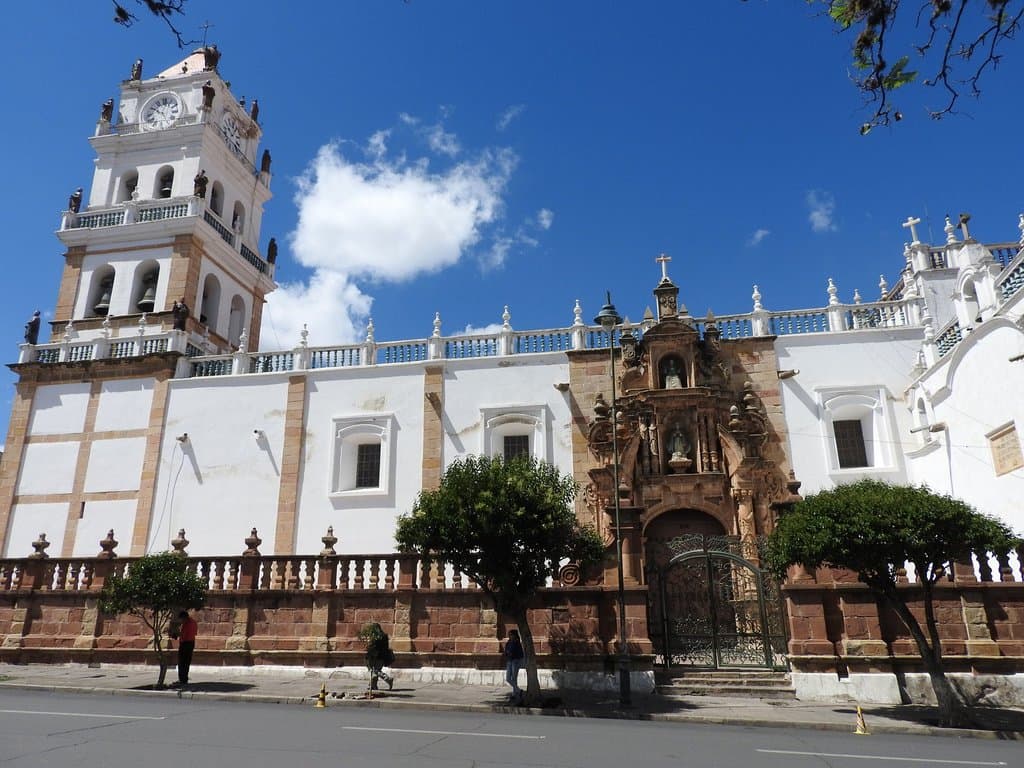
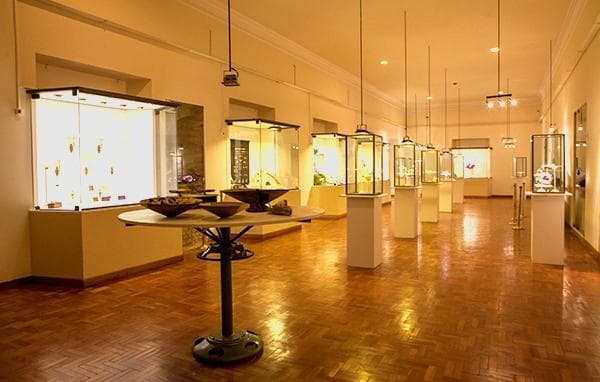
Social
from TikTok, Instagram & Reddit